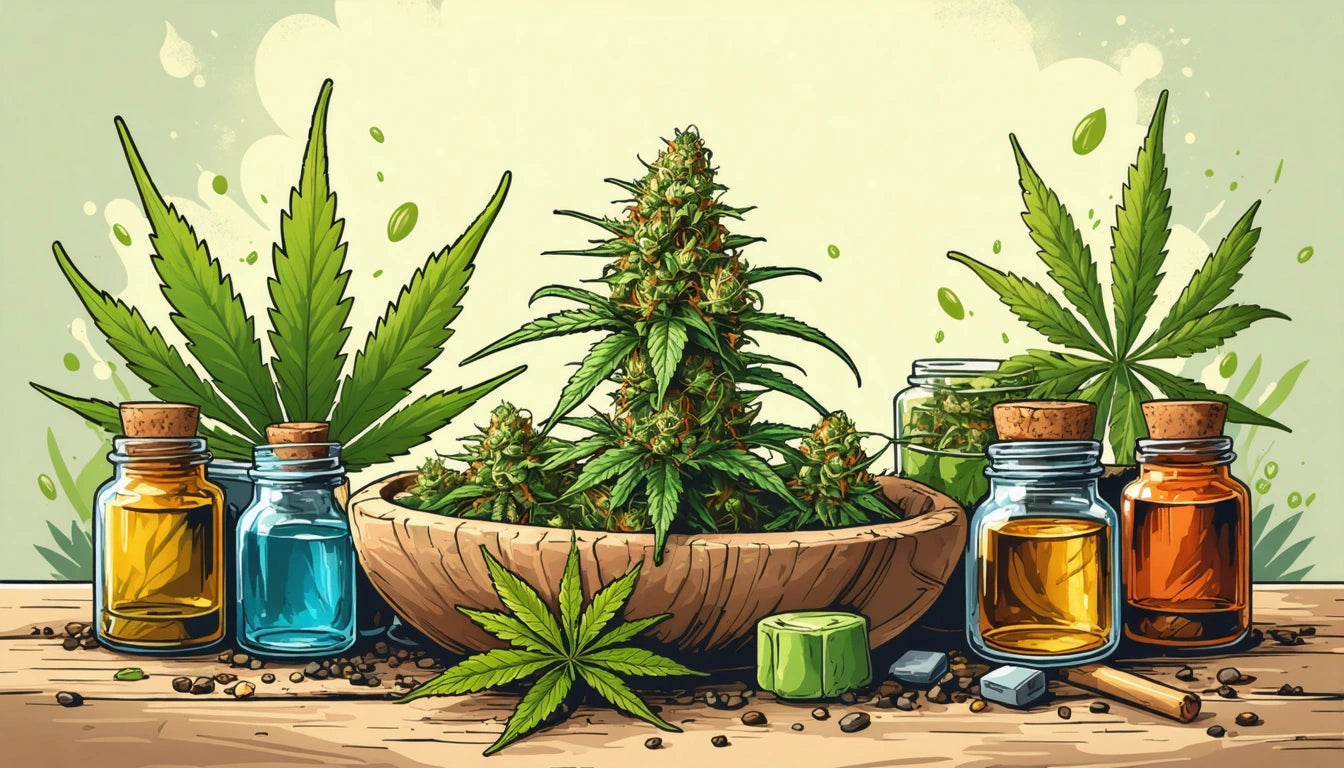Table of Contents
- Eco-Visibility Defined: Beyond Green Claims
- Visual Sustainability Cues That Resonate With Consumers
- Material Transparency: Making Eco-Friendly Choices Obvious
- Innovative Approaches to Demonstrating Sustainability
- Measuring Impact: Quantifying Eco-Visibility Benefits
- The Future of Eco-Visibility: Where Transparency Meets Technology
Show, Don't Tell: Eco-Visibility in Modern Packaging
In today's environmentally conscious marketplace, simply claiming sustainability isn't enough. Consumers demand proof, transparency, and authenticity in eco-friendly packaging. This shift has given rise to the concept of eco-visibility: the practice of making sustainable choices visibly evident in packaging design rather than relying solely on claims and certifications.
Eco-Visibility Defined: Beyond Green Claims
Eco-visibility refers to design elements that visually communicate a product's environmental benefits without requiring consumers to read fine print or trust marketing claims. It's about creating packaging that inherently demonstrates its sustainability through visual and tactile characteristics.
According to our research on eco-visibility in packaging, consumers are increasingly skeptical of vague environmental claims. They prefer packaging that visibly demonstrates sustainability through material choice, minimalist design, and functional innovations that reduce waste.
Visual Sustainability Cues That Resonate With Consumers
Natural Material Aesthetics
Unbleached kraft paper, visible plant fibers, and textured surfaces communicate naturalness and minimal processing. These visual cues signal environmental mindfulness without requiring explicit messaging.
Minimalist Design Philosophy
Reduced ink coverage, fewer colors, and simplified graphics not only reduce environmental impact but visually communicate a commitment to essentials-only packaging. This approach aligns with the growing consumer preference for brands that avoid excess in all forms.
Material Transparency: Making Eco-Friendly Choices Obvious
Innovative materials are at the forefront of eco-visibility. Mushroom-based packaging showcases its natural origin through visible mycelium structures. Similarly, edible packaging made from seaweed or rice paper demonstrates its biodegradability through visual and tactile properties.
When implementing these materials, brands need precise measurement to ensure consistency. Our precision digital scales for material measurement help manufacturers maintain quality control while transitioning to these innovative substrates, ensuring that sustainable materials perform as expected.
Innovative Approaches to Demonstrating Sustainability
Structural Design Innovations
- Packaging that transforms into another useful item
- Designs that visibly reduce material usage
- Structures that facilitate easy separation of components for recycling
- Refill systems with visible environmental benefits
These approaches are gaining traction as discussed in our guide to refill stations and circular economy packaging. The key is making these features immediately apparent to consumers through thoughtful design.
Transparent Supply Chain Visualization
Some brands are incorporating QR codes or NFC technology that allows consumers to visualize the entire lifecycle of their packaging. This transparency builds trust and demonstrates commitment beyond the package itself.
Measuring Impact: Quantifying Eco-Visibility Benefits
The business case for eco-visibility extends beyond environmental benefits. Brands implementing visible sustainability features report:
- Increased consumer preference and selection at point of purchase
- Higher perceived product quality and value
- Improved brand loyalty and advocacy
- Justification for premium pricing
As explored in our analysis of sustainable packaging ROI, these benefits can offset the potentially higher costs of eco-friendly materials and manufacturing processes.
Common Implementation Challenges
While eco-visibility offers significant benefits, brands often face challenges in implementation:
- Balancing visual eco-cues with brand identity elements
- Maintaining product protection and shelf life
- Navigating cost increases for novel materials
- Ensuring that visible sustainability doesn't compromise functionality
Solutions to these challenges often involve incremental changes and careful testing rather than complete packaging overhauls. Our guide on avoiding eco-packaging mistakes provides practical advice for navigating these challenges.
The Future of Eco-Visibility: Where Transparency Meets Technology
The evolution of eco-visibility will likely incorporate emerging technologies that further demonstrate environmental commitment. Smart packaging that changes appearance as it approaches end-of-life, materials that visibly break down in composting environments, and augmented reality experiences that visualize environmental impact represent the next frontier.
As materials science advances, we'll see even more innovative approaches to making sustainability visible. The key for brands is to remain authentic, ensuring that visible sustainability features reflect genuine environmental benefits rather than superficial design choices.
By embracing eco-visibility, brands don't just tell consumers they're sustainable; they show it through every aspect of their packaging design. This approach builds trust, differentiates products, and contributes to meaningful environmental progress through informed consumer choice.











Leave a comment
All comments are moderated before being published.
This site is protected by hCaptcha and the hCaptcha Privacy Policy and Terms of Service apply.